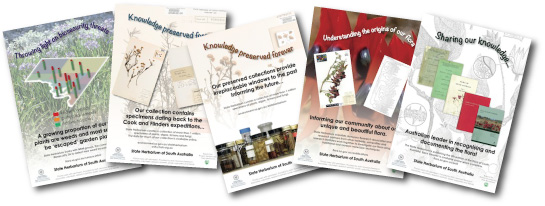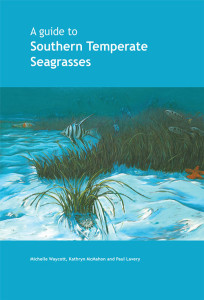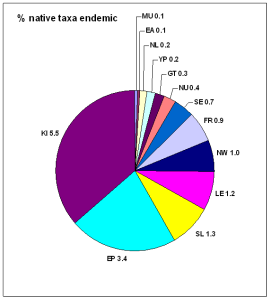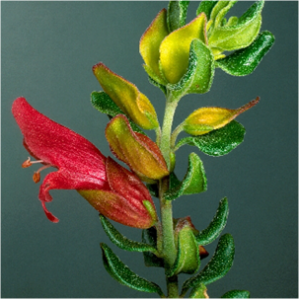(see our post for info on the 2016 SA NRM Science Conference)
The SA Natural Resource Management Science Conference is underway at The University of Adelaide. An impressive range of people are attending the conference including regional staff from across the state, scientists, researchers, university staff and students and members of the public. Herbarium staff, volunteers and Friends are in attendance. There is an interesting assortment of herbarium posters on display in the Maths Lawn West marquee providing interesting material to peruse whilst munching on a muffin during the breaks, although most people are chatting and enjoying a catchup with their colleagues from around the state. 
The opening plenary talks challenged our assumptions about the state of natural resources in South Australia, Prof Corey Bradshaw presented a number of lines of evidence that we have shifted our baseline expectation for what healthy ecosystems look like. Prof Chris Daniels highlighted the integrated nature of NRM region usage of science to deliver on-the-ground management activities through the NRM acting as a research provider, partner and user. Chief Botanist—Prof Michelle Waycott—presented the opening talk of the Coasts and Marine session highlighting the status of seagrasses in South Australia. Congratulations to DEWNR’s SA NRM Research & Innovation Network coordinator, Dr Jennie Fluin and her team for putting together a great program with hundreds of attendees.








You must be logged in to post a comment.